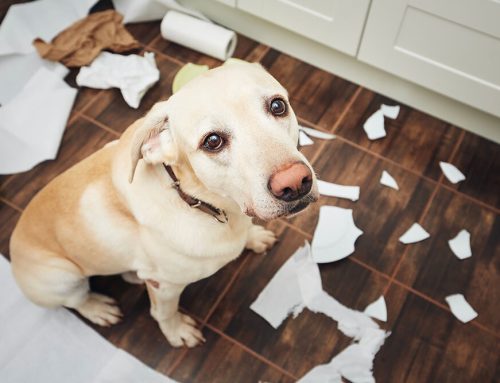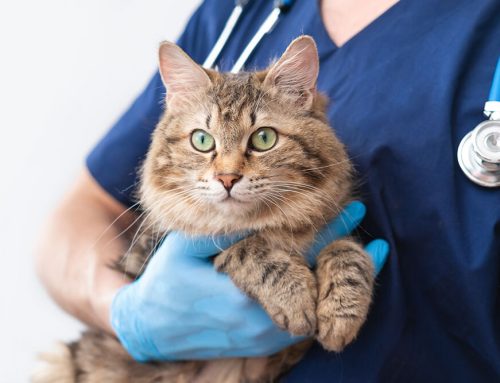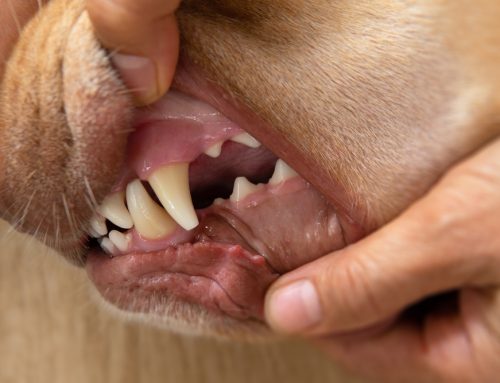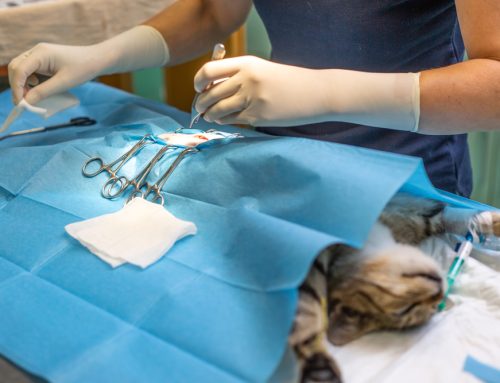Pet ownership brings immense joy, unconditional love, and companionship but also entails financial responsibilities that you must take into account. From veterinary expenses to food and supplies, the costs associated with caring for a cat or dog can significantly increase over time. Our Santa Monica Veterinary Group explains pets’ expenses and provides practical budgeting tips, helping you ensure your furry friend gets everything they need and your finances remain intact.
Pet adoption fees
The initial expenses you pay for acquiring a pet can vary depending on whether you’re adopting or purchasing. Pet adoption fees range from $200 to $500, depending on the pet’s age and breed. Adoption fees are quite reasonable, considering the fees usually include the following veterinary services:
- Physical exam
- Vaccinations
- Deworming
- Parasite screening and preventives
- Spay or neuter surgery
- Microchipping
Puppies and kittens are usually more expensive, whereas senior pets are discounted because they are often overlooked in favor of younger pets. Adoption fees support animal shelters and rescues, with the proceeds covering stray pets’ care.
Purchasing a pet from a reputable breeder typically does not include the veterinary services that come with adoption, but oftentimes initial vaccinations are covered. Prices for pedigree pets range from several hundred to thousands of dollars.
Setup costs for your pet
Initial setup costs for supplies for your new pet can vary, but you can typically expect to pay between $300 and $800, depending on whether you buy high-end items. Your pet’s essential supplies include:
- Food
- Bed
- Food and water bowls
- Collar with identification tags
- Leash
- Carrier or crate
- Litter boxes, litter, and scoop
- Treats
- Scratching posts
- Toys
- Dog waste bags
- Clothing, including sweaters, booties, etc.
Recurring pet expenses
Beyond the initial outlay, pet owners must budget for recurring expenses, which constitute most of the financial commitment. These ongoing costs typically include:
- Veterinary care — To maintain your pet’s health, you need to schedule annual wellness visits for physical exams, vaccinations, and preventive care measures such as flea and tick control. These exams also include professional dental cleanings and medical issue management such as medications and laboratory testing. Veterinary care expenses vary and depend on your furry pal’s health status. Emergency medical expenses or unforeseen illnesses should also be factored into your budget.
- Food — High-quality nutrition is fundamental to your pet’s health and longevity. Pet food costs vary depending on the brand, and on your pet’s dietary requirements and size. You should anticipate spending $30 to $100 per month on pet food.
- Grooming — Regular grooming supplies, such as brushes, shampoos, and nail trimmers, and grooming appointments are necessary for your pet’s skin and coat health. Dental hygiene, including a pet-specific toothbrush and toothpaste, should also be factored into your pet’s grooming needs. Total monthly pet grooming costs range from $10 to $70, depending on whether you perform these tasks yourself or enlist a professional groomer.
Training and socialization — Investing in obedience training classes or hiring a professional trainer may be necessary, particularly for puppies or dogs with behavioral issues. Classes are a great way to instill good behavior in your dog from an early age; the group component also helps with socialization needs. Professional trainers set their own rates, so before enrolling in a class, find the one that best fits your budget. - Pet insurance — Many pet owners rely on pet insurance to mitigate unexpected medical expenses, providing financial peace of mind if your pet has an accident or injury. If you purchase an additional comprehensive care rider, your policy may cover chronic illnesses. Pet insurance premiums range from $30 to $80 per month, depending on the coverage type you choose.
Pet owner budgeting strategies

The sky’s the limit regarding the amount you can spend on your pet. However, to better budget for your pet’s care, consider these tips:
- Research and plan — Before bringing a pet into your home, research the typical expenses associated with the species and breed you are considering. Factor in potential health issues or breed-specific requirements that may impact costs.
- Create a pet-specific budget — Allocate funds for each pet ownership expense category, including food, medical care, grooming, and incidental costs such as toys or accessories. Regularly review and adjust your budget as necessary to accommodate changes in your pet’s needs or your financial circumstances.
- Comparison shop — Take the time to compare prices for pet supplies, food, and veterinary services to identify cost-effective options without compromising quality. Look for discounts, loyalty programs, or bulk purchase savings to maximize your budget.
- Emergency fund — If you decide against enrolling your pet in an insurance policy, establish an emergency fund for unexpected veterinary expenses and other pet-related emergencies.
While pet ownership costs can be substantial, careful planning and budgeting can help you provide the best possible care for your pet without breaking the bank. Contact our Santa Monica Veterinary Group if you have questions about your pet’s care or to schedule their wellness exam. We look forward to meeting your new cat or dog!







Leave A Comment